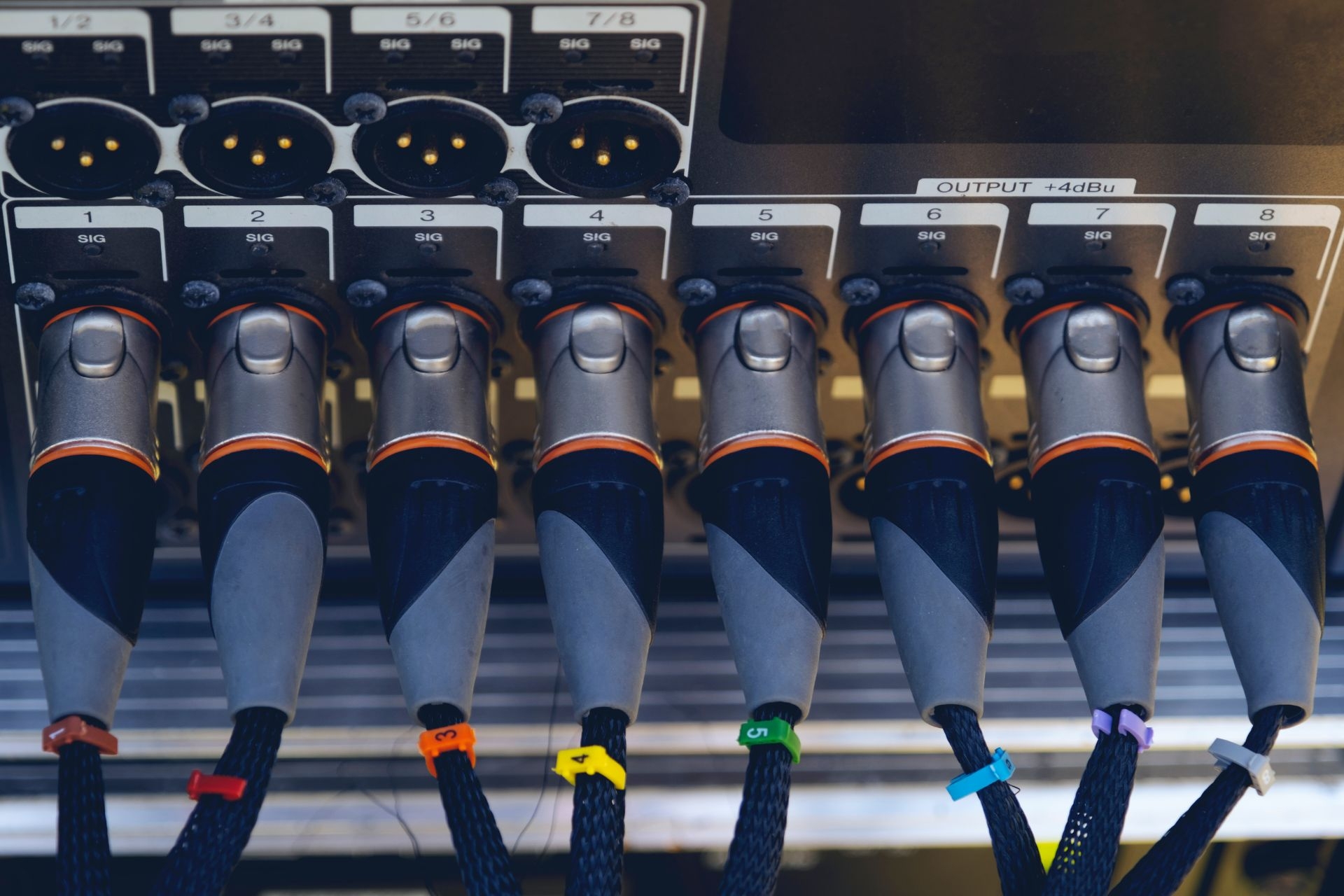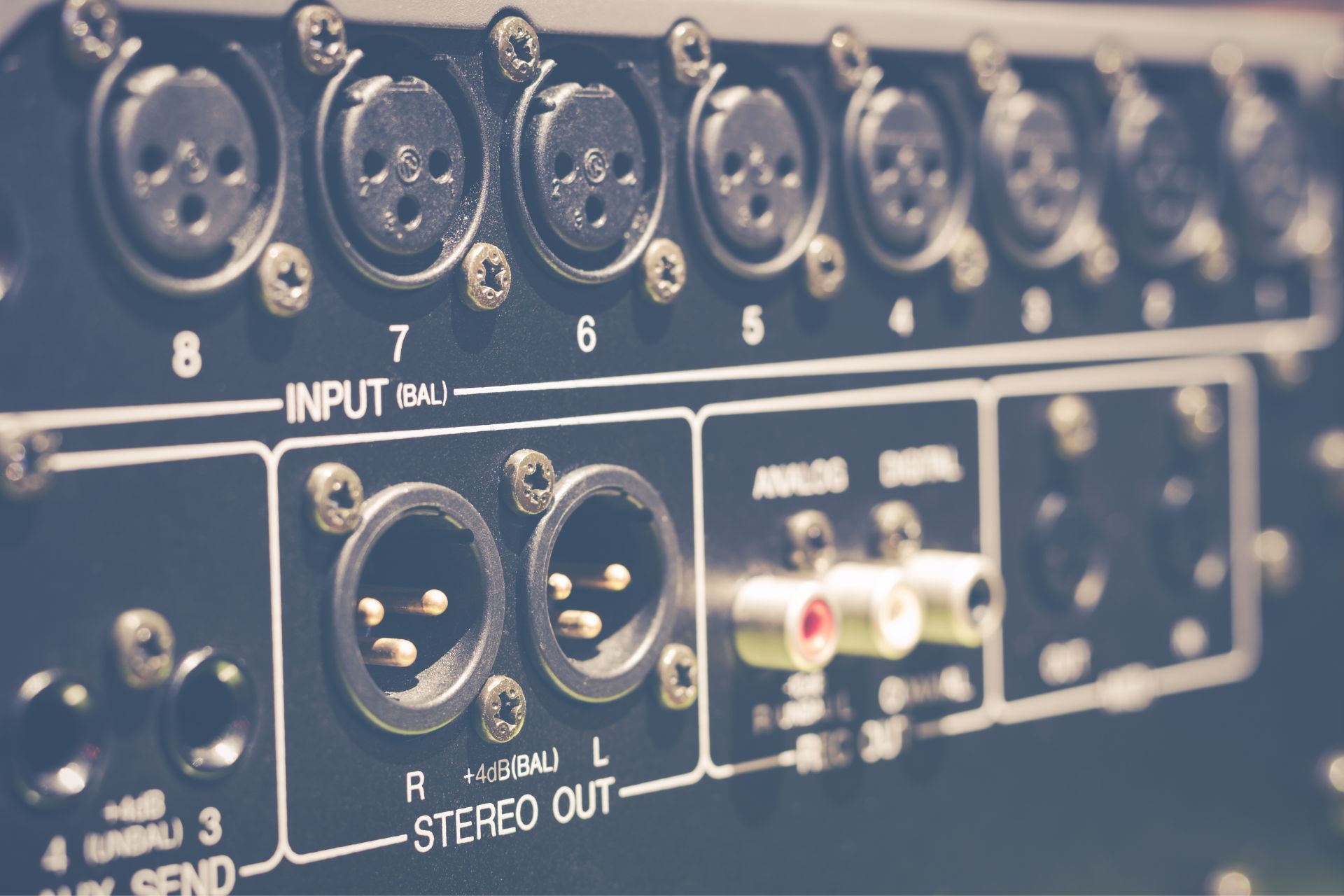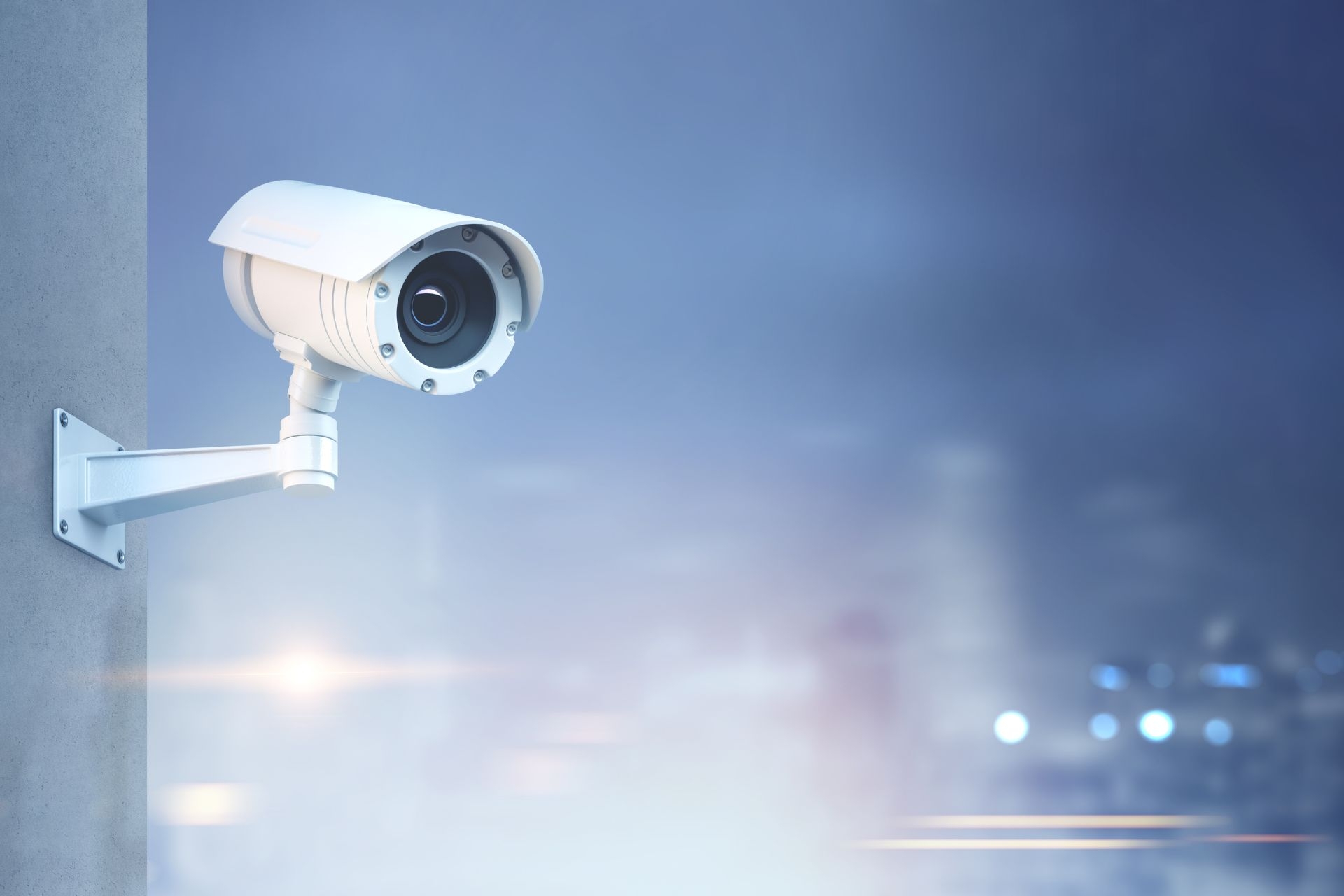Kalman Filter Implementation
How does the Kalman filter handle noisy sensor data in the context of autonomous vehicle navigation?
The Kalman filter is a powerful tool for handling noisy sensor data in the context of autonomous vehicle navigation. By incorporating both the system dynamics model and the sensor measurements, the Kalman filter is able to estimate the true state of the vehicle even in the presence of noise. It uses a recursive algorithm to update the state estimate based on the latest sensor data, while also taking into account the uncertainty in both the measurements and the system dynamics. This allows the Kalman filter to provide accurate and reliable state estimates for autonomous vehicles navigating in dynamic environments.
Digital Signal Processing Techniques for Noise Reduction Used By Pro Audio and Video Engineers



